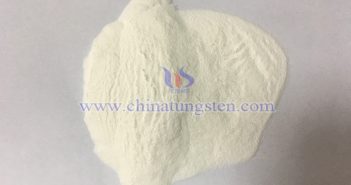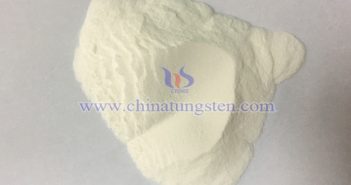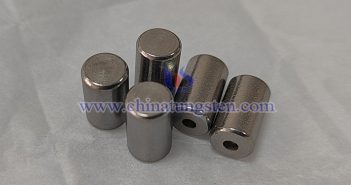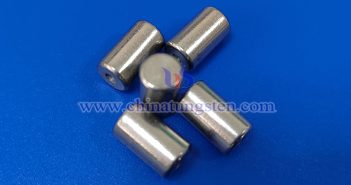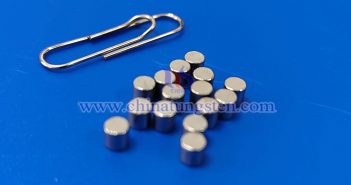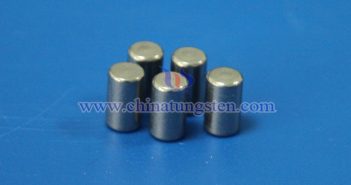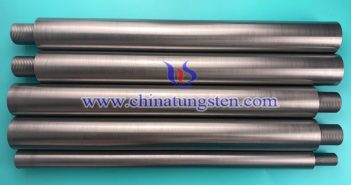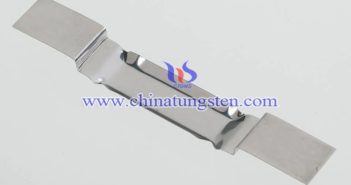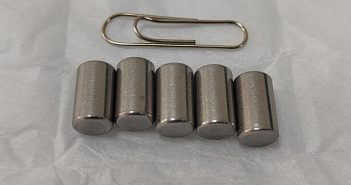
The adaptability of barium tungsten electrodes in vacuum environments is affected by many factors. In practical applications, these factors need to be optimized according to specific working conditions to ensure the best performance and longest service life of the electrodes. Factors Affecting the Adaptability of Barium Tungsten Electrodes to Vacuum Environments 1. Temperature High temperature can significantly affect the performance and service life of barium tungsten electrodes. In a vacuum environment, if the temperature is too high, it may cause…

